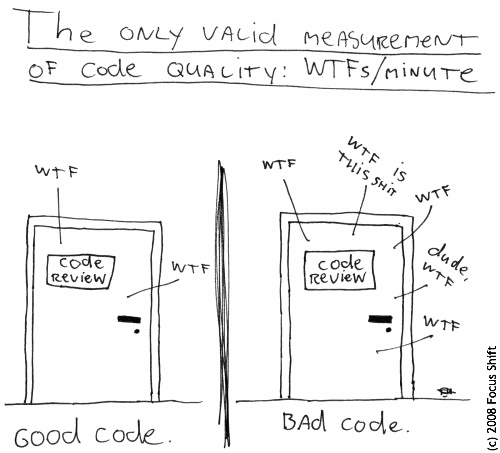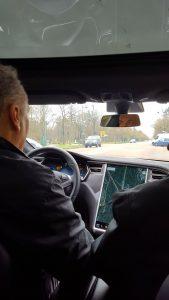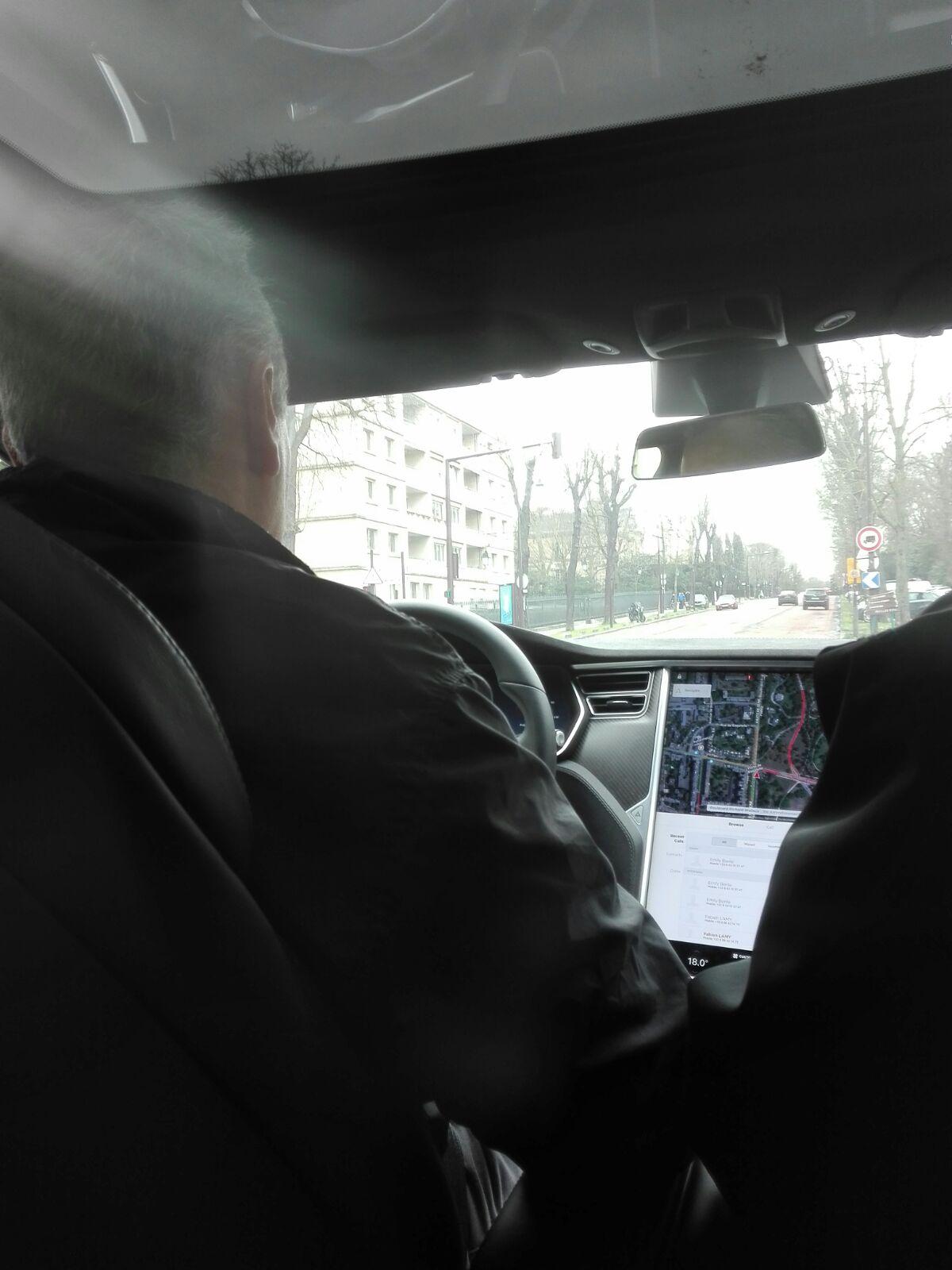 Some day your code will be reviewed, modified or even just read to understand the underlying algorithm by someone else that is not you that wrote the code….
Some day your code will be reviewed, modified or even just read to understand the underlying algorithm by someone else that is not you that wrote the code….
My point here is that readability/maintainability of code is by far the biggest quality of a piece of software. Being able to read the code and understand it rapidly makes everything easier, either bugfixing or modifying/enhancing the code. Think that the next one that might be reading the code might not be as experienced as you with that language so
- avoid using unnecessarily complicated constructs that feed you coder ego but slow down the maintenance activity. You are a good coder, no doubt, but if your code is not readable by the average coder that will have to then you are not making a good service to your colleagues
- Make clear what your code is doing and, if necessary use a comment to clarify what is not evident from the code (I’m not a huge fan of comments because most of them don’t tell anything more than the code). Use comments to refer to a requirement/user-story that is being implemented.
- Stick to the language style guidelines that were set for your team/company
- Tests are code too and often are read/reviewed more than real code : don’t fuck up in tests code just because “this is just a test, this code will not run in production”
Discussion on code quality is huge of course and these are simple rules that will impact on maintainability of your code (since a reviewer is doing the same activity of the next coder which will have to work on your code : read it). If you want to dig deeper into code quality measurement I’ll suggest this work from Idan Amit and Dror G. Feitelson really interesting : https://arxiv.org/pdf/2007.10912.pdf
Comic comes from here

 There where times when you had to write C/C++ code and find all the bounds errors and memory leaks by hand or with ancient tools (who remembers Purify?). Valgrind introduced a lot of features but sanitize features added in gcc/clang are just awesome (thanks
There where times when you had to write C/C++ code and find all the bounds errors and memory leaks by hand or with ancient tools (who remembers Purify?). Valgrind introduced a lot of features but sanitize features added in gcc/clang are just awesome (thanks 

